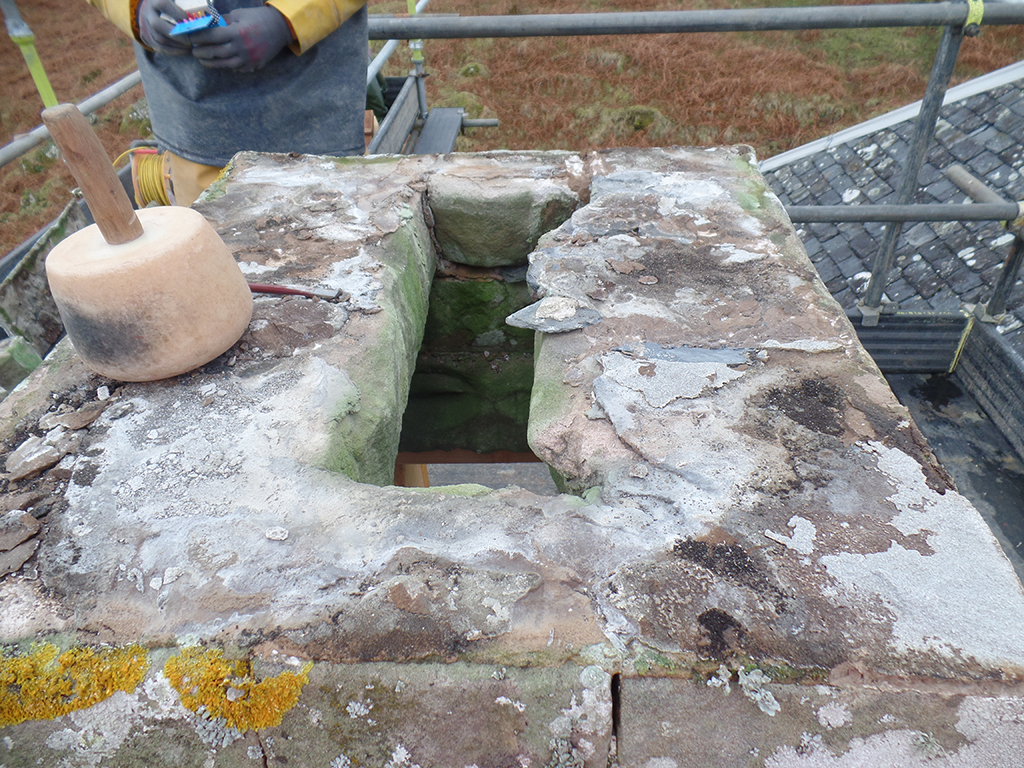
Home really was where the heart is to help save church
People of all nationalities who leave one country for another will always have an affinity with the place they have left, but the sense of home seems to resonate particularly strongly with Scottish expats.
From those who have left Scotland’s shores for a new life abroad to fifth-generation Scots who may never have visited their ancestors’ homeland, the undeniable pull of bonnie Scotland remains ever present.
A recent example showing descendents’ kinship with the overseas place their forbears may once have called home can be seen on the remote island of Colonsay in the Inner Hebrides, which lies 40 miles from Oban on Scotland’s west coast.
Together with Oransay, its semi-detached neighbour, it forms an island group roughly ten miles long and two miles wide. With only 135 inhabitants and the nearest neighbouring populace almost 20 miles away, Colonsay constitutes one of the most remote communities in Britain.
But it’s far from a forgotten place; a fact proved recently when the diaspora emphatically answered a rallying cry for help from the tiny island.
Known for its ruined mediaeval priory and impressive wildlife, Colonsay once had a population of almost 1,000, but during the early 19th century the island – like much of Highland Scotland – lost many of its residents to clearance and emigration.
Canada is just one of the far-flung places where those leaving Colonsay settled. In the summer of 1806, 115 islanders boarded the Spencer and were ferried out, together with their limited possessions, bound for a new life on Prince Edward Island, where Lord Selkirk had promised them land.
Letters received back home in Colonsay show that despite difficulties, many of the migrants encouraged their families and former neighbours to follow on and, as conditions worsened in Colonsay, a trickle became a flood.
Many Colonsay families settled in Clyde River or the Dunedin area, while others went to Florida, New England, Washington and New Zealand.
With former islanders and their descendents now spread around the globe, just 135 people remain living on Colonsay today.
But when the congregation of the tiny Parish Church – which has barely changed in the period since the Spencer left the island – was faced with an urgent and costly repair bill for its 200-year-old belfry in winter 2015, people from far and wide came good.
Built in 1802, the beautiful Georgian church had already been due to undergo a £55,000 restoration, but the situation became urgent in December when the birdcage belfry was deemed unsafe.
Work was needed to prevent inevitable winter storms bringing it to the ground. The financial implications for this small congregation
were serious.

The Georgian belfry,
pictured as it was being restored
With no time to spare, the possibility of grant aid funding during the first phase of the operation was nil. Raising the £20,000 needed locally also seemed impossible; with barely a dozen regular worshippers and less than 50 island residents who
aren’t either pensioners or schoolchildren, netting the necessary cash in such a short space of time seemed an unimaginable task.
But little did the islanders realise how much their little church meant to the many people who had historic connections with the place.
Incredibly, there are more than one million people around the world descending from relatives who were married, christened or buried at the tiny church, and donations flooded in from near and far.
Joanna Moodie Gaston donated from America in memory of her mother, Barbara McIntyre Moodie, and her paternal grandmother Catherine McNeill Moodie, both of whom were born on Colonsay, while Ila Currie contributed, believing her great, great, grandmother married in the church.
Local businesses and individuals also backed the cause. Within weeks, two thirds of the money needed – enough to get the ball rolling – had been secured, including pledges from America, New Zealand and Canada, and the dismantled historic belfry is currently in the process of being restored.
‘We were staggered by the support we received,’ says Session Clerk Kevin Byrne. ‘Within a week we had reached £8,000, and it kept coming. The Colonsay diaspora is world wide – from Australia we have been gifted three valuable books about Colonsay, all first editions which will raise in excess of £500; in addition to financial contributions from Canada we were gifted an original painting of the church which sold very well, and for the Arts & Crafts exhibition we have received many wonderful items, which have already raised over £2,000.
‘We plan to be able to ring the bell next Hogmanay and we are hopeful that well-wishers who have assisted at this time of crisis will visit Colonsay to see the result,’ says Byrne.
It just goes to show that, even with the many interpretations of ‘home’, it is, and will always be, where the heart is – and, in this case, thanks to the generous response of hundreds of well-wishers, where the Georgian belfry will proudly stand for years to come. Well done to the people of Colonsay, both those based on the island and those who live thousands of miles away, who have helped retain a lovely piece of local history for future generations to enjoy. As Bob Miller said on the project’s Just Giving page, ‘Lang may yer bell ring’.
For more information visit www.colonsaychurches.org.
This feature was originally published in 2016.
TAGS

